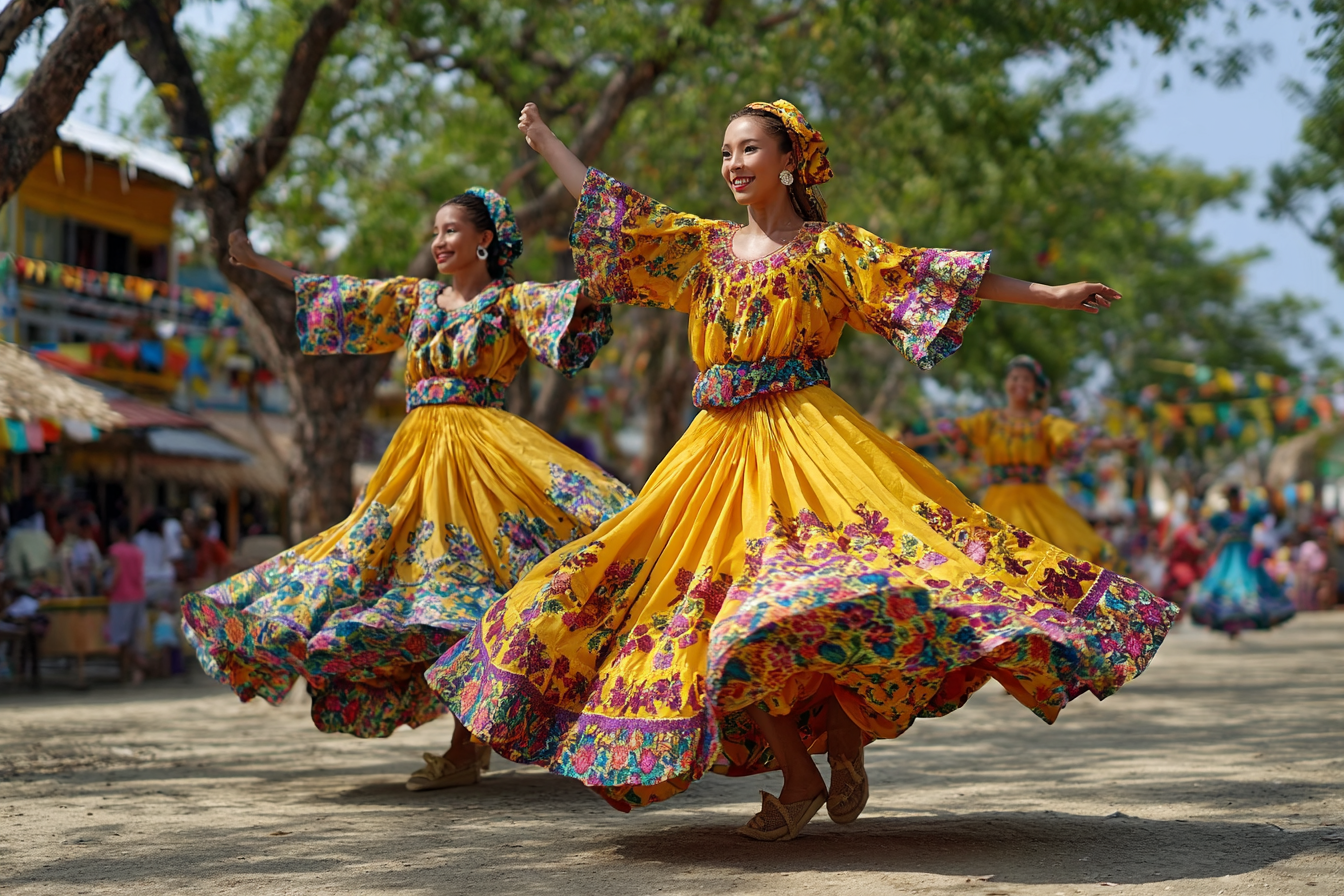Moalboal is often celebrated for its stunning beaches and vibrant marine life, but beneath the surface lies a rich cultural heritage waiting to be explored. This coastal town in Cebu, Philippines, offers a unique tapestry of history, traditions, and community spirit that provides visitors with a deeper understanding of local life. From ancient churches and historical landmarks to lively festivals and traditional crafts, Moalboal’s cultural attractions offer an enriching adventure beyond the sun and sea.
Exploring Moalboal’s Cultural and Historical Background
To appreciate Moalboal’s cultural attractions, it helps to understand its historical roots. Moalboal has a long history that dates back to pre-colonial times, reflected in its blend of indigenous, Spanish, and modern influences. The town developed as a fishing village but has also been shaped by centuries of colonial rule, which introduced Christianity and European architecture, adding layers to its cultural landscape.
The local community has preserved many of its traditions, maintaining a lifestyle closely linked to the sea and nature. Traditional practices, cuisine, language dialects, and artisanal crafts remain integral to daily life. This blend of the old and the new makes Moalboal an exciting destination for those interested in exploring Filipino culture beyond the usual tourist spots.
Key Cultural Sites to Visit in Moalboal
Moalboal boasts several important cultural landmarks where visitors can experience its heritage firsthand.
- Pescador Island Chapel: While primarily known for diving, this small island also features a modest chapel that reflects the town’s strong Catholic roots. It offers a peaceful spot to appreciate local religious traditions and the quiet beauty of island life.
- Sts. Peter and Paul Church: Located in the town proper, this historical church is a sweeping example of Spanish colonial architecture. Its façade and interior tell stories of faith and community resilience that have endured through time.
- Moalboal Town Plaza: A hub of local activity, the plaza is surrounded by shops and eateries and is often the center for community gatherings and cultural events. It’s a great place to observe daily life and mingle with residents.
- Barangay Basdiot Heritage Site: This lesser-known area offers a glimpse of traditional house structures made from local materials and showcases the lifestyle of indigenous people who still inhabit the region.
Festivals and Traditional Events that Bring Moalboal to Life
Festivals in Moalboal are colorful and lively, deeply rooted in religious and seasonal celebrations that bring the community together. These events are a perfect opportunity to witness the vibrancy of local culture.
- Moalboal Festival: Celebrated annually, this festival features street dancing, parades, and contests that highlight the town’s maritime heritage and agricultural traditions. It’s a joyous celebration full of music, food, and community spirit.
- Sangyaw Festival: Although originating from nearby locations, elements of this festival occasionally find their way to Moalboal, celebrating historical milestones with traditional costumes and performances.
- Fiesta sa Moalboal: The feast day of Saints Peter and Paul is a major event for Moalboal, showcasing religious ceremonies, processions, and communal feasts that allow visitors to experience the strong faith-based traditions of the locals.
Discovering Local Crafts and Markets
Another enriching way to delve into Moalboal’s culture is by exploring its local crafts and markets. The town is home to talented artisans who create handcrafted goods using traditional methods passed down through generations.
Markets in Moalboal offer more than just souvenirs; they are vibrant places where you can buy handmade jewelry, woven baskets, wood carvings, and colorful textiles. These crafts often incorporate indigenous designs, blending artistry with cultural symbolism.
Visiting the Moalboal public market is also an immersive experience. Here, you can sample fresh local produce, taste traditional delicacies, and connect with vendors who are proud to share the stories behind their products. Supporting these markets not only provides unique keepsakes but also helps sustain the local economy and cultural heritage.
Engaging Responsibly with the Community
Engaging with Moalboal’s culture means more than sightseeing; it’s about showing respect and responsibility towards the local community and environment. When exploring cultural sites and participating in events, it’s important to be mindful of local customs and traditions.
- Always ask permission before photographing people or private spaces, particularly during religious or cultural ceremonies.
- Support local businesses and artisans by purchasing authentic goods rather than mass-produced souvenirs.
- Be conscious of environmental impact—avoid littering and respect natural sites that are important to the community.
- Learn basic Filipino or Cebuano greetings to foster friendly interactions and show appreciation for the culture.
By approaching Moalboal with sensitivity, visitors can help preserve the town’s cultural treasures for future generations while building meaningful connections with the locals.
Guided Cultural Tours and Immersive Experiences
For travelers wanting a deeper understanding of Moalboal’s heritage, joining guided cultural tours can be an insightful option. Local guides often provide storytelling that brings historical sites to life and introduce travelers to customs, folklore, and everyday practices that aren’t immediately visible to the casual observer.
These tours may include visits to fishing villages, artisan workshops, and family-run farms or homestays where guests can participate in traditional cooking or craft-making. These hands-on experiences offer an authentic glimpse into the rhythms of local life and often create lasting memories.
Many tour operators emphasize sustainable tourism and responsible cultural exchange, ensuring that these experiences benefit both visitors and community members alike.
Embracing the Richness of Moalboal’s Culture
While Moalboal’s natural beauty attracts many, its cultural richness offers a deeply rewarding journey into the heart of Cebu’s heritage. Exploring its historical landmarks, participating in colorful festivals, appreciating traditional crafts, and engaging respectfully with the community allows visitors to see a side of Moalboal that truly resonates with the spirit of the place.
Whether you’re wandering through old churches, dancing in the streets during a festival, or simply chatting with friendly locals at the market, Moalboal’s cultural attractions invite you to connect, learn, and celebrate the traditions that have shaped this captivating town. Beyond the beaches, Moalboal’s living heritage awaits discovery, promising an enriching travel experience that stays with you long after you leave.







